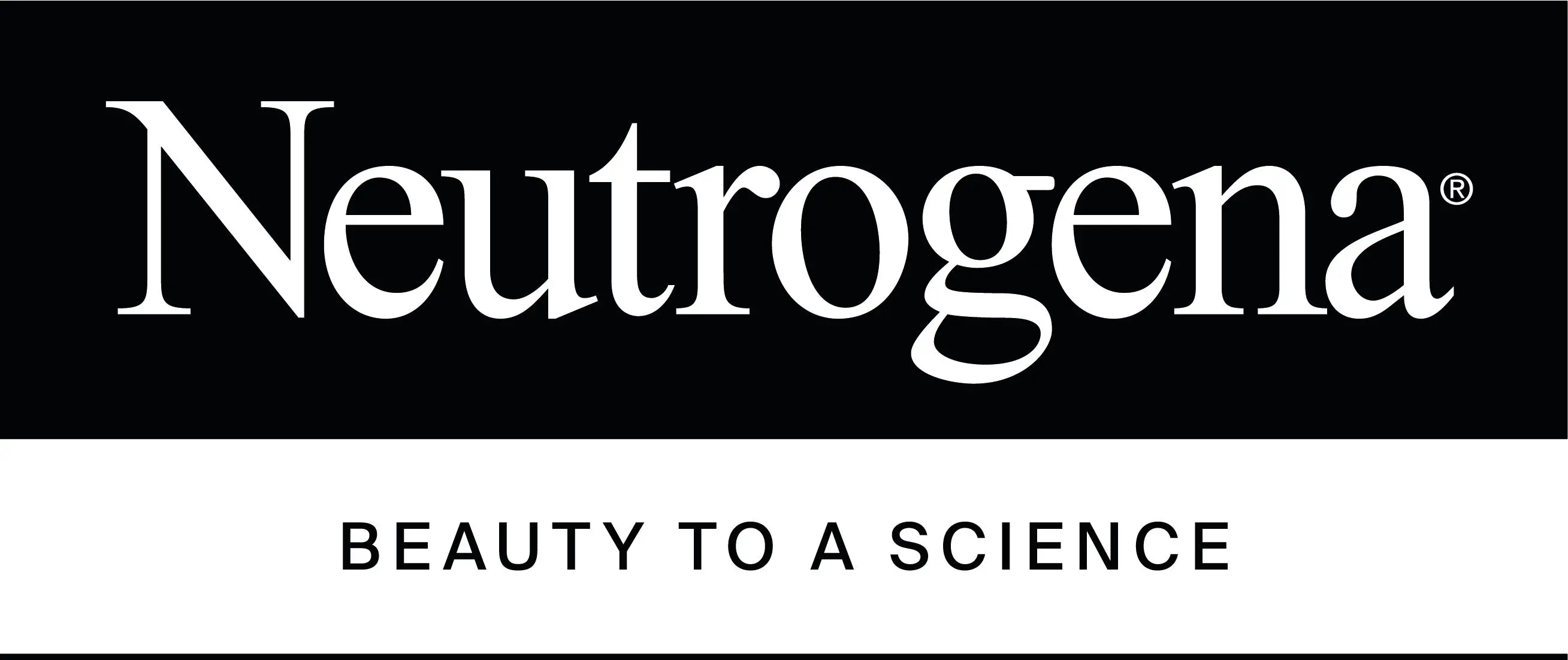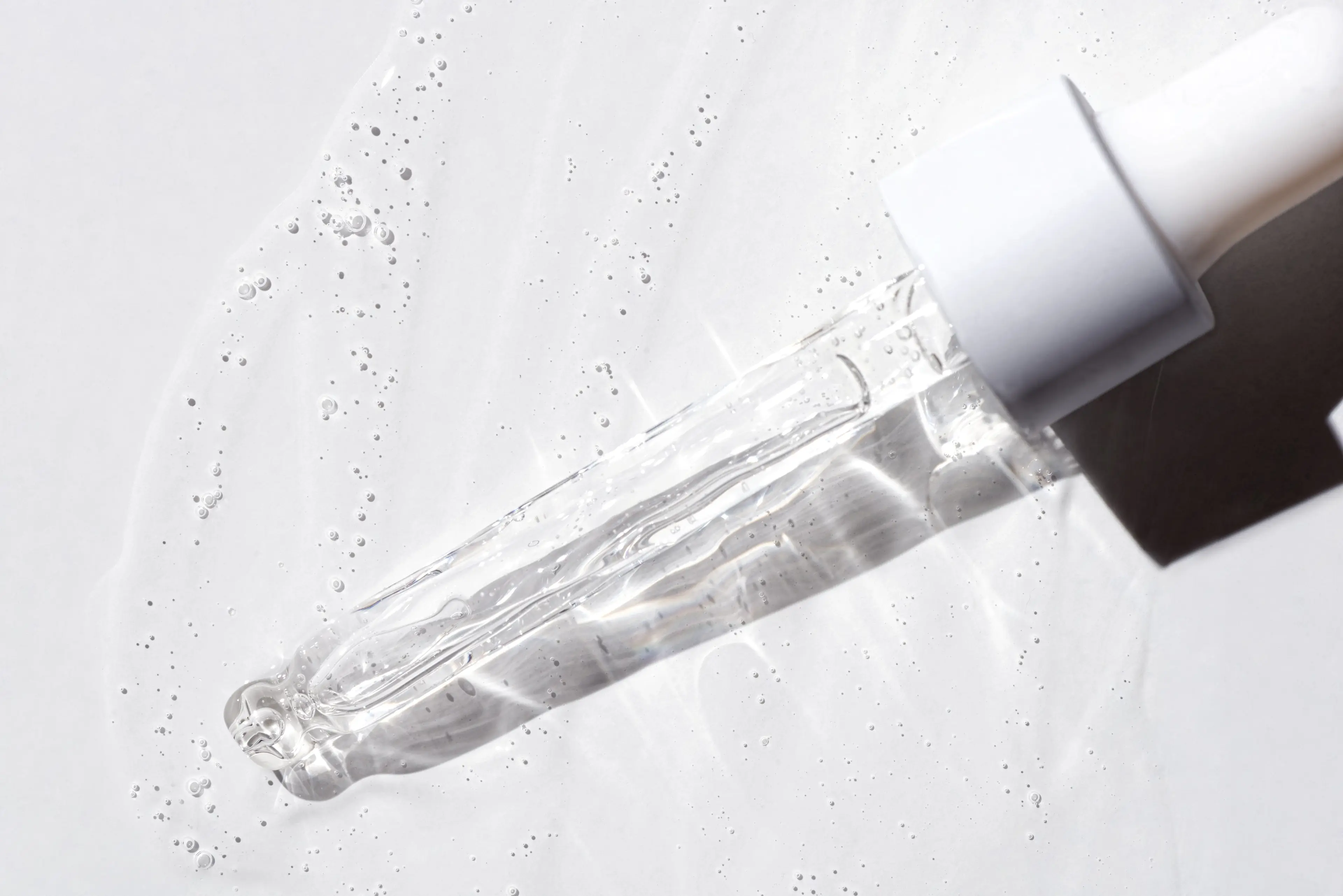Hydroxy acids come in the forms of AHAs and BHAs and are used to treat skin conditions and enhance the appearance of the skin.
Alpha-hydroxy acid is referred to as AHA, and beta-hydroxy acid is referred to as BHA. Glycolic acid, lactic acid, and salicylic acid are some of the most prevalent hydroxy acids. These ingredients can be found in a wide range of cosmetic products that promise to treat various skin conditions and enhance skin characteristics.
Both acids are present in a number of cleansers, toners, moisturizers, scrubs, peels, and masks. AHAs and BHAs are used to exfoliate the skin. The ability to remove dead skin cells from the skin's surface or the entire top layer depends on its concentration.
However, neither kind of hydroxy acid is superior to the other. Both techniques for deep exfoliation are incredibly powerful. The distinctions are in how they are used.
How are AHA and BHA Similar?
Both AHAs and BHAs exfoliate the skin. Their similarities lie in their shared benefits:
They can reduce inflammation, a crucial indicator of rosacea, acne, and other skin conditions.
They also reduce the size of the pores and the appearance of surface wrinkles.
AHA and BHA even out your skin tone, enhance your skin's overall texture, and get rid of dead skin cells.
In addition, these hydroxy acids unclog clogged pores in order to avoid acne.
Also check out Neutrogena’s new range of Neutrogena Bright Boost, which consists of AHA & PHA
How are AHA and BHA Different?
Soluble vs. Insoluble
Water-soluble acids called AHAs are derived from sweet fruits. They assist in removing the top layer of your skin so that fresh, pigmented skin cells can grow in their place. You'll probably notice that your skin feels smoother to the touch after use.
BHAs, on the other hand, can dissolve in oil. BHAs can remove dead skin cells and extra sebum from the pores by entering deeper than AHAs can.
Uses
Age spots, melasma, scars, enlarged pores, fine lines, surface wrinkles, and uneven skin tone are the main uses for AHAs.
Contrarily, BHAs are mostly used to treat sun damage and acne. These products unclog your pores by drying out extra oils and dead skin cells inside the deepest parts of your hair follicles. BHAs are best suited for combination to oily skin because of these effects. For sensitive skin, lower concentrations may be used. BHAs may also be more effective if you want to lessen the redness brought on by rosacea.
Skin Resistance
BHAs have an antibacterial effect and increase the skin's resistance to UV skin damage, another distinction between BHAs and AHAs.
Because of their antibacterial properties, BHAs are suitable as ingredients in acne treatment products.
AHAs offer a more aggressive form of exfoliation, which may be more suitable for repairing sun-damaged skin and lessening the signs of aging.
Additionally, they affect the synthesis of procollagen and collagen. These ingredients can make the skin that has been photo-aged look better.
AHAs are more potent and must be used cautiously due to the possibility of sun sensitivity.
Which One Should I Choose?
The best hydroxy acid for a person's particular need should be considered when choosing a skincare product.
BHA's antibacterial qualities make it more effective at treating skin conditions like acne.
Treatment for skin color changes like melasma, solar lentigines, and post-inflammatory hyperpigmentation may be successful with AHAs like glycolic and lactic acid. According to experts, AHA works faster than BHA-containing products, making it a better choice for lightening skin tone.
AHA-containing products may be preferred by consumers looking to repair sun-damaged or aging skin due to their more aggressive mechanism of action and effects on collagen. Another AHA called lactic acid is a fantastic moisturizer.
To sum up, hydroxy acids are frequently added to skin care products because of their purported benefits. The skin is exfoliated by both AHA and BHA, which helps to repair sun-damaged skin. However, when treating skin pigmentation problems, AHA appears to be more effective. BHA has more antibacterial qualities and is less aggressive and irritating.
Introducing the new Neutrogena Spot Controlling+
We have introduced a new range of Neutrogena’s Spot Controlling+ products which consist of 2% Salicylic Acid that are oil-free, which help you clear up blemishes, improve the appearance of persistent spot marks, and increase skin luminosity. Benefit from these products, which are infused with the goodness of AHA for remarkably gorgeous skin!

